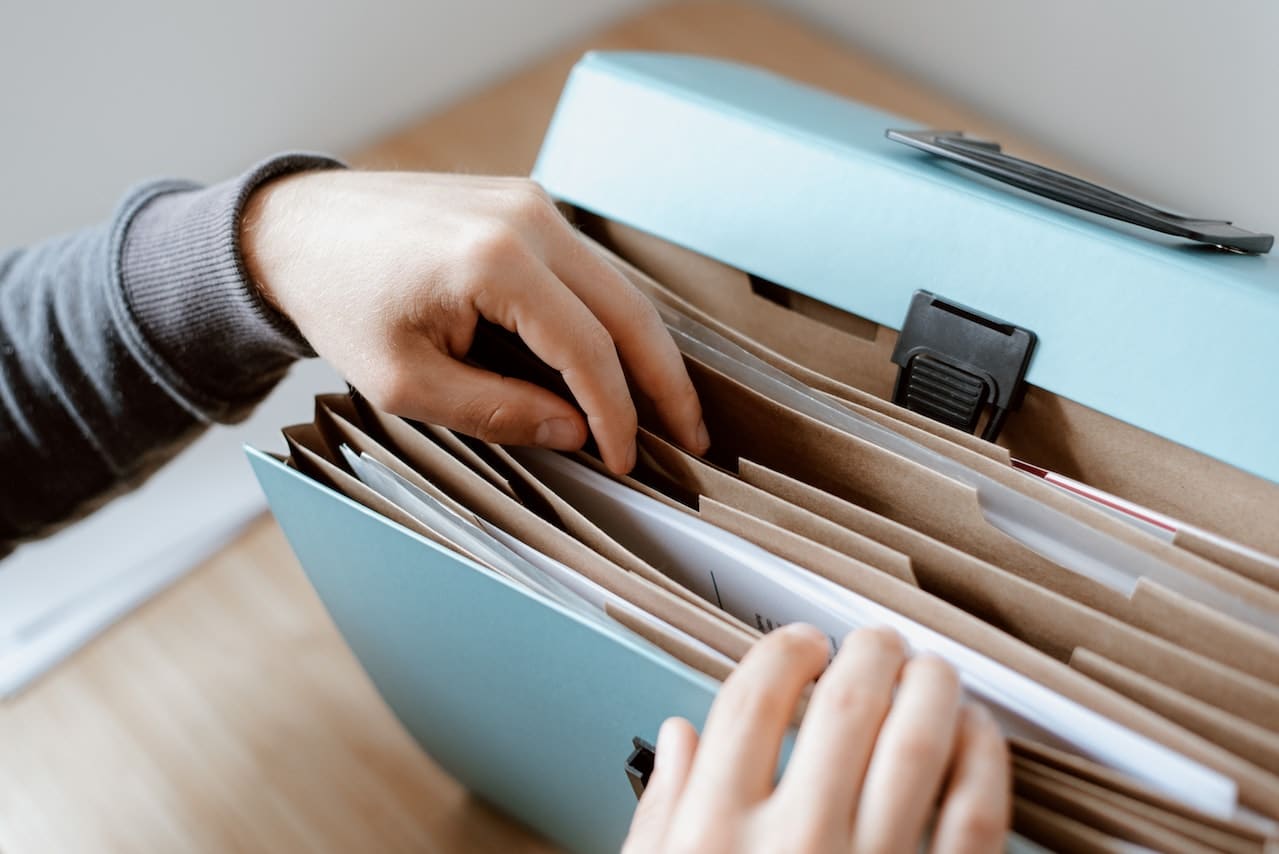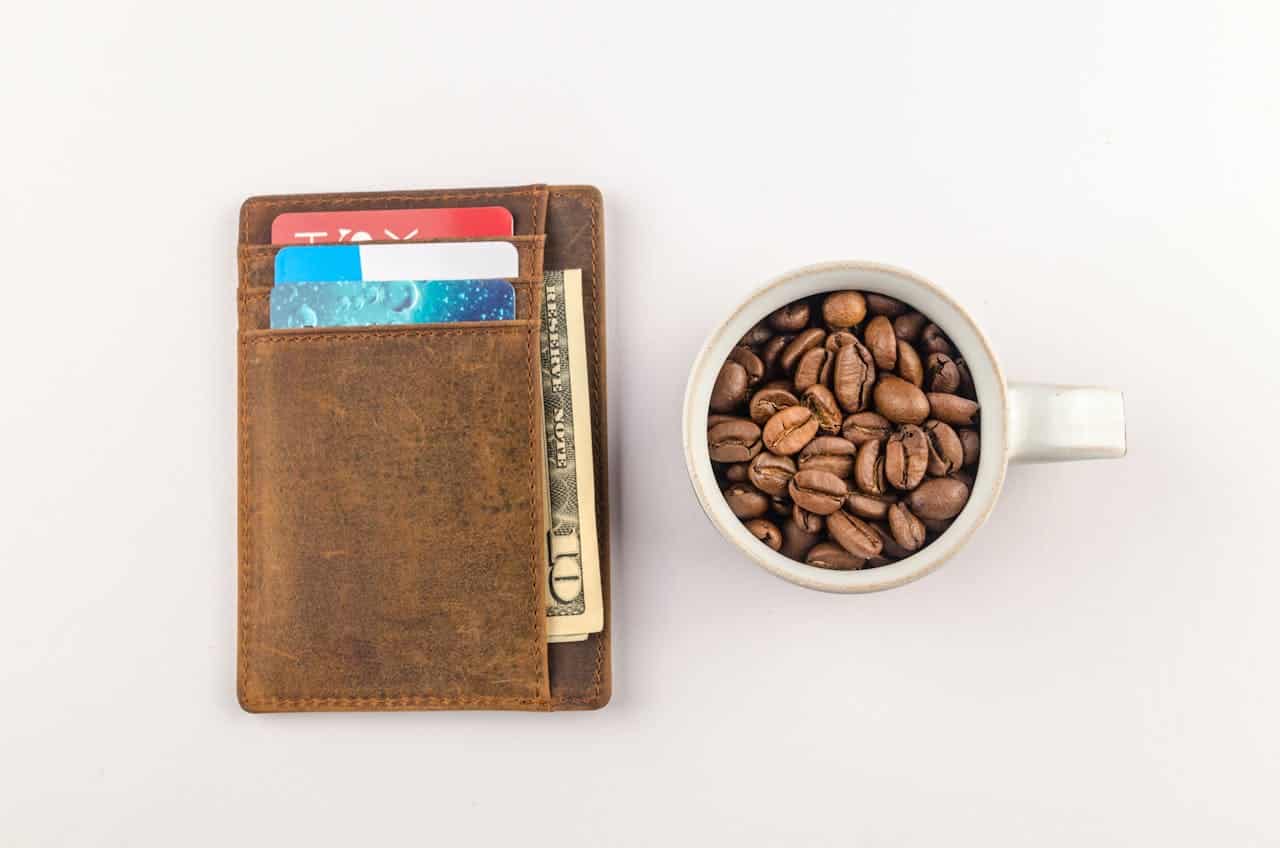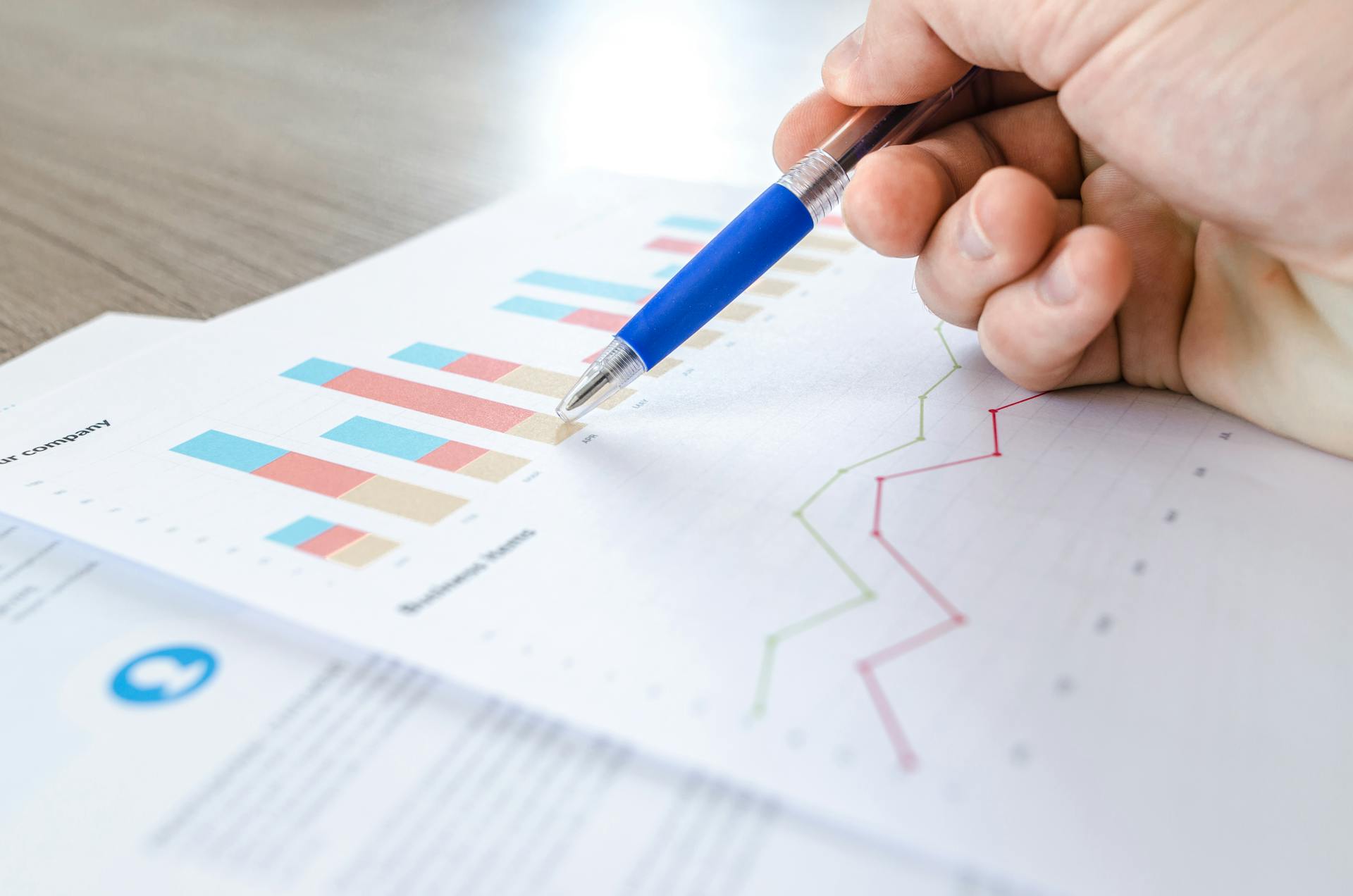Key Takeaways
- Can I cash a check with my birth certificate: A birth certificate alone is not sufficient to cash a check; it must be paired with a secondary photo ID or used with alternative methods like mobile deposit, third-party endorsement, or select mobile apps.
- Acceptable secondary IDs include school, employment, or voter ID cards with a photo; however, primary IDs such as a valid driver’s license, passport, or state ID are the most straightforward option for check cashing.
- Without proper ID, options like ATM deposit (with debit card), mobile check deposit, or signing the check over to someone else are possible, though they may involve delays or third-party trust.
- Banks, check-cashing stores, and major retailers can all cash checks—each with different ID requirements, hours, and potential service fees—making it important to choose the location that best suits your situation.
Cashing a check can mean financial relief, rewarding yourself, or setting yourself one step closer to achieving your financial goals. Some actions are needed before you can cash your check, including proving your identity.
If you only have a birth certificate, you may be curious whether you can use that to cash your check. In general, your birth certificate will not suffice as a primary ID, and you won’t be able to use it unless you have another secondary ID (usually with a photo). Without a secondary photo ID, most places will not allow you to cash a check with just a birth certificate, so you will be cashing your check without an ID. The good news is that doing so is possible with the right method. Below you will find more information about primary and secondary IDs, cashing a check when using a birth certificate, and the general check cashing process.
Why Is The Right Identification so Important with Check Cashing?
There are a few reasons why financial institutions have strict and specific requirements for check cashing. One of them is to help protect against identity theft. A photo ID is a pretty efficient and easy way to see whether the person cashing a check is the person to whom the check is made out to. Another important reason why proper photo identification is that it provides accountability if the check bounces.
How To Cash a Check With a Birth Certificate and No Secondary-ID?
With only a birth certificate at hand, you’ll have to go down the same avenues that those without any ID would. Here are some methods you can use:
Head to an ATM With Your Debit Card
ATM check cashing isn’t available with all ATMs, but it doesn’t hurt to try it, especially if you really need to cash your check. To cash a check at your ATM, you’ll need to have your debit card. All you need to do from here is head to an ATM and follow the prompts. Remember that sometimes you may be able to cash the entire check immediately.
A Mobile Deposit
If you have a depository institution you bank with, they probably have a mobile app, especially if they are a large corporation. Their app should allow for a mobile deposit. With this, all you have to do is take photos of the front and back of the check and enter some information manually. Once that is done, your check will be deposited into your account (leave some room for processing), and then you can cash that out. You won’t get instant cash from your check with mobile deposits, but you’ll at least get to deposit and use it as cash eventually.
Signing Over the Check to Another Person
If you are looking for a quick way to cash your check and only have your birth certificate, consider signing over the check to someone else. When you do that, all you have to do is write “Pay to the order of” and add the person’s name under the signature portion of your check.
From here, the check is considered a third party check and as long as that other person has their ID, they should be able to cash it for you. Make sure you trust the person, of course, before asking them to cash the third-party check. If the person you want to sign over your check to is under 18, you may be wondering whether a minor can cash a check for you; the answer is yes, as long as they have ID.
Using a Mobile App
There are several check cashing apps that you can use if you don’t have the right kind of ID with you. Although you won’t get cash from these apps, you can quickly deposit the funds into a bank account and use your debit card to access the funds as cash, have the funds sent to a pre paid card account, or use a PayPal account. Keep in mind because these apps provide instant access to funds, you will likely pay a more significant fee than something like an ATM, factor in at least $10 for check cashing fees from your paycheck.
Keep in mind that with the methods from above, you may not be able to deposit/cash every kind of check. And the amount of funds you can access from your check may be limited. If you want to cash your entire check right away and the check differs from most standard personal checks, your best bet is to get an acceptable ID (more on that below). From here, head to your bank/depository institution or issuing bank or depository institution of the check.
Cashing a Check With a Birth Certificate and Another Secondary ID
If you have your birth certificate and another secondary ID, several places may allow you to cash a check, just like you would with a primary ID. You will need your debit card, ID, and the signed check. A birth certificate is one example of a secondary ID; here are a few others (these examples include only photo IDs, which you will likely need at least one of):
- School ID card with a photo
- Welfare ID card
- Employment ID
- Flight Crew ID card
- Voter ID card
- Union ID
Although documents like a utility bill, mortgage or lease agreement, and banking statements all technically fall under secondary identification and help you prove identity in some cases, they can help prove residency. However, when it comes to cashing checks, they likely won’t help. And so, your best bet is to use a secondary ID with a photo of you.
What Kinds of IDs Are Considered Primary IDs With Checks?
At this point, you may already know that a birth certificate is not considered a primary ID, and may be curious about what is. Any government-issued photo ID can work as a primary ID. Here are some acceptable forms of primary identification you can use if you are trying to cash a check. Keep in mind that they must be in valid form, so expired IDs will not work:
- Driver’s license.
- Military Identification card.
- Permanent resident card.
- Passport.
- State ID.
Remember that it will always be easier to go to the check issuer’s financial institution, as a third-party check may require more verification, which means additional wait time.
Another tip to remember is that banking/depository institutions customers can usually deposit or cash checks for free as long as they visit a branch or location. So, if you are trying to cash a check for free, you should start there.
The Fastest and Easiest Places To Cash a Check With the Right ID?
Once you have an acceptable form of a primary ID or two secondary IDs, you’ll have a lot more check cashing options available and be able to cash less commonly used checks. Here are the fastest places for cash without worrying about a depository institution/bank hold on your check:
You Can Head to a Financial Institution Like a Bank, Credit Union
It would make the most sense to head to a bank or credit union that you already bank with to cash a check because it will mean no fees for the service. However, if you have a unique check, it may make more sense to get it cashed at the issuing depository institution. Most of these places are open from 9am to 5pm on the weekdays and limited hours on the weekends. So, keep that in mind before heading over.
Check-Cashing Stores
You have likely been around a check-cashing store but may have had to go inside. These businesses offer a range of financial products and services but are not traditionally depository institutions. The convenient thing about these places is that they usually offer more extended hours than banks and credit unions. But, with these stores, there will likely be a fee for cashing your check; expect a flat fee or percentage from your check for it to be cashed.
Major Retailers or Grocery Stores
Another place you can go to cash your check is with major retailers like Walmart, Publix, and Kroger, which have these services available. However, there may be limitations on the check amount and the check type that can be cashed because these places do not have the resources that a place like a bank or other financial institution would. Like, check cashing stores, most grocery stores/retailers offer more service hours than a bank or credit union. Also, expect a fee for the check cashing service.
Key Takeaways When Cashing a Check With a Birth Certificate
When looking to cash a check, your birth certificate will be considered a secondary ID. This means that you will need an additional form of identification if you want to cash your check through a traditional avenue. Another form of secondary identification with a photo and your birth certificate should suffice in most cases. A primary ID will be the most straightforward option; if you already have one, consider using that instead. Regardless of your identification, chances are there is a roundabout solution to get your check funds usable!
Nooreen brings over nine years of experience as a financial writer and editor, including six years in FinTech and three years at CreditNinja. Nooreen earned her BA in English Language and Literature. She is a member of the American Bankers Association® Frontline Compliance program, having completed over 24 ABA certification programs. Her professional skill set also includes certifications in email marketing and a certificate in UX writing and design.







